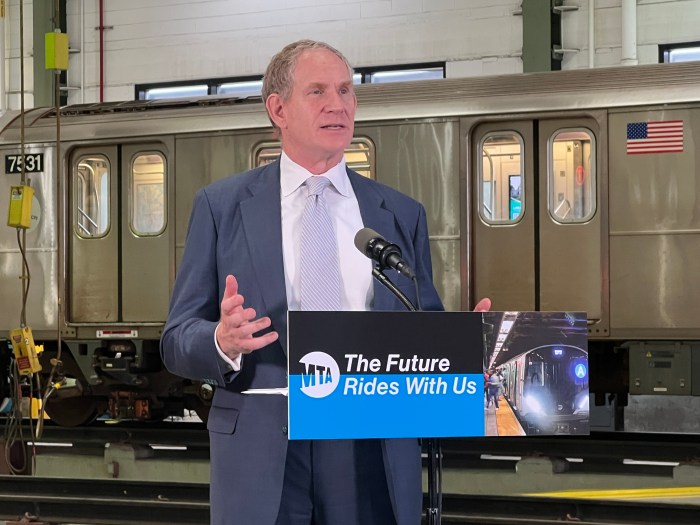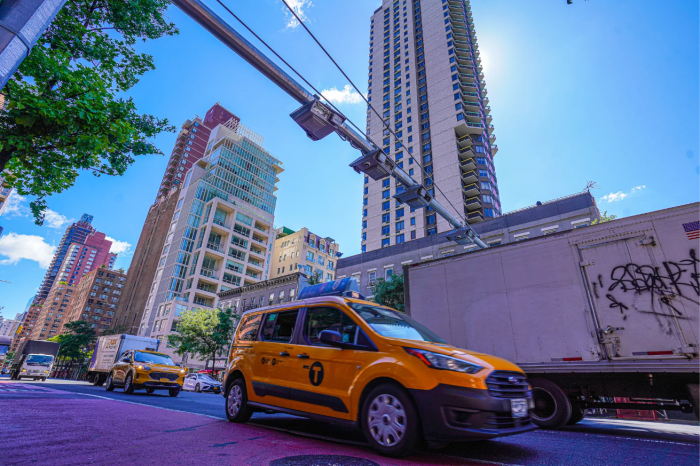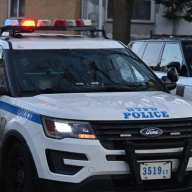
It’s been one heck of year for commuters.
With multiple derailments and a major bus crash in Queens, the city was no stranger to tragic headlines in 2017.
But the news wasn’t all bad — the launch of the NYC Ferry and the opening of the Second Avenue subway were met with applause from many New Yorkers.
Scroll through to see those headlines and more top transit news since January.
Second Avenue subway opens
The year started with the opening of the Second Avenue subway. The long awaited line had been in the works since the 1920s and was met by cheers on the first official ride on Jan. 1. With the completion of the first phase, which includes stations between 63rd and 96th streets, it’s not clear when the next three phases will be done. The second phase will expand the line to East Harlem, the third will expand it south to Houston Street and the fourth will bring it to the Financial District.
LIRR train derails at Atlantic Terminal, injuring more than 100 people
An LIRR train carrying 430 people hit a bumping block and derailed at the Atlantic Terminal in Brooklyn on Jan. 4, injuring 104 people. None of the injuries were life-threatening. The train’s engineer was traveling above 10 mph in a part of the station where the speed limit is 5 mph, the National Transportation Safety Board said.
MTA fare hike goes into effect
The MTA raised fares for weekly and monthly MetroCards on March 19, while leaving a single ride at $2.75. The decision was made after eight public hearings on two options, the other calling for a $3 single-ride fare.
Penn Station derailments lead to expedited repair work
Following train derailments in March and April, as well as multiple train stalls at Penn Station, Amtrak, which owns the busy transit hub, announced it would expedite repairs to the tracks. It launched a two-month-long renewal project on July 10 to address the deteriorating tracks and switches in an area known as the “A Interlocking,” which is used to route trains entering the station from the Hudson River tunnels and the Long Island Rail Road’s West Side Yard. With the expectation that the project would reduce service at the station, Gov. Andrew Cuomo deemed it the “Summer of Hell,” but the impact was not as disruptive as the governor predicted.
The L train shutdown plan becomes official
The L train shutting down for 15 months beginning in April 2019 became official on April 3 when the MTA approved a contract for the rehabilitation of the Canarsie Tunnel. Eight months later, the agency and the Department of Transportation released a plan to mitigate the effects of the shutdown, which includes vehicle restrictions on 14th Street and a new bikeway on 13th Street in Manhattan, and increased subway service on lines near the L train in Brooklyn. Critics have said the plan is too Manhattan-centric.
NYC Ferry launches in Rockaway
The NYC Ferry launched four routes in 2017, with the first in Rockaway on May 1. The Astoria, East River and South Brooklyn routes followed. While the ferry service has been applauded by many, some Brooklyn politicians want more access for residents in Coney Island and Canarsie — areas they say are underserved by mass transit.
The MTA gets new leadership
The state approved Cuomo’s appointment of Joseph Lhota as MTA chairman on June 21, filling the role left open by Thomas Prendergast when he left in January. Lhota had previously served as chairman and CEO of the MTA from October 2011 to December 2012.
Five months later, on Nov. 21, the agency announced another leadership role filled by Andy Byford, who served as CEO of the Toronto Transit Commission. Byford is set to become the MTA’s transit president in January.
Train derails at 125th Street, injuring dozens
An A train derailed at the 125th Street station in Harlem on June 27, injuring 39 people, officials said. The cause of the derailment was later determined to be human error after a piece of scrap rail was improperly stored on the track, the MTA said. The agency suspended two maintenance supervisors as a result.
Cuomo declares state of emergency, MTA announces $836M subway action plan
Days after the subway derailment at 125th Street and amid soaring delays, Cuomo declared a state of emergency to expedite repairs of the subway system. About a month later, on July 26, Lhota announced an $836 million reorganization plan. Accelerating repairs, removing some seats on L trains to make more space and redeveloping a strategy to communicate with passengers were aspects of the plan. The plan reignited the long-standing feud between Mayor Bill de Blasio and Cuomo, over how to fund the agency. Cuomo has said he would consider congestion pricing, while de Blasio advocates for a millionaire’s tax.
Bus crash in Flushing kills 3, injures 17
A charter bus driver blew through a red light and slammed into an MTA Q20 bus in Flushing on Sept. 18, killing himself and two other people. The driver, Raymond Mong, was going between 54 and 62 mph in a 30 mph zone, the National Transportation Safety Board said.
A passenger on the MTA bus, 55-year-old Gregory Liljefors, and a pedestrian on the sidewalk, 68-year-old Henry Wdowiak, died in the crash, and 17 other people were injured.
Cashless tolling goes into effect on all MTA bridges
The MTA put cashless tolling into effect at all its bridges on Sept. 30. The new system is part of a modernization plan that also includes adding LED lighting on bridges.
Old Kosciuszko Bridge is demolished
The opening of the new Kosciuszko Bridge and the demolition of the old one marked the end of an era for many. “The Kosciuszko Bridge is a legendary bottleneck in the city of New York and it has been for decades,” Cuomo said at the demolition on Oct. 1. The first span of the new bridge opened on April 27, and the second span is set to be opened in early 2020.
MTA sets MetroCard replacement timeline
The MTA announced a six-year plan to phase out the MetroCard on Oct. 23. The first phase will be seen by the spring of 2019, with bank cards and smartphone payments accepted at 500 station turnstiles and on 600 buses. That system will be available citywide by September 2020 and the MetroCard will be completely replaced by 2023, the agency said.
BQX prototype unveiled but project misses key deadline
Despite questions over cost and funding, the advocacy group Friends of the Brooklyn Queens Connector unveiled a life-sized prototype of what a single street car could look like on Nov. 13. The car – featuring bright red seats, street-level boarding and higher average speeds than buses – cost about $100,000 to build and can hold about 150 people.
While Friends of the Brooklyn Queens Connector has said de Blasio should make the project a priority in his second term, the mayor has admitted that funding issues persist, casting doubt on whether the BQX will ever be more than just a prototype. The city’s Economic Development was expected to begin the public review phase of the project toward the end of 2017, but has decided to continue to analyze the cost instead.
“The BQX would be a multibillion-dollar investment bringing a modern and efficient transit option to communities along the waterfront,” Anthony Hogrebe, senior vice president of EDC’s public affairs, said in an emailed statement on Dec. 22. “We’re willing to take the time necessary for a thorough analysis to make sure it gets done right.”

































